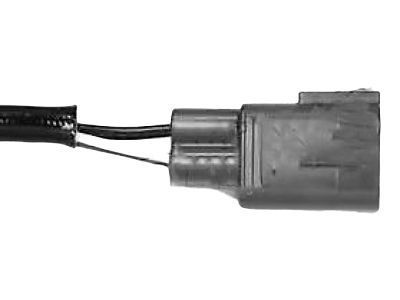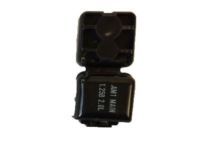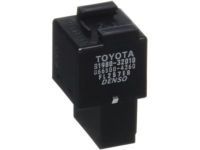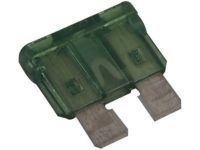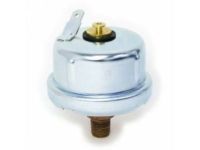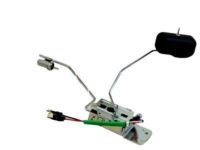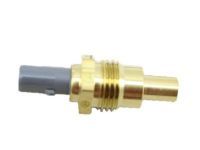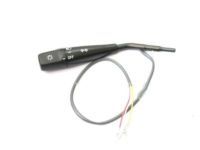The coolant temperature sensor is a thermistor whose resistance rises when temperature drops or falls when temperature rises; a failure noticed by Code 22 often results from a faulty connection or a new thermistor is needed. To test this particular sensor kindly submit the sensor and pull out the connectors then measure the resistance across the terminals, this should read 2000-3000 ohms when the sensor is cold and 200-400 ohms when the sensor is warmed up, tests can also be conducted on heated water. If resistance is correct, then check if you have approximately 5 volts of reference voltage with the ignition turned on. For replacement, the connector should be disconnected and the screws on the sensor removed and new threads on the sensor can be covered with Teflon when fixing. The oxygen sensor, either single or dual-stage, listens to the exhaust gas and outputs a voltage, the ECM then uses this to maintain the AFM and try to achieve an ideal ratio of 14.7 parts air to 1 part fuel for emissions compliance. They mandate appropriate working conditions such as electrical conduction, availability of clean air, and desirable temperature, and the usage of unleaded gasoline. To check its operation, observe the output millivolt signal during the operation and verify that the signal constantly changes in the range from 0.1 to 0.9 volts, with the engine warming up. If any problems occur, then it is necessary to measure the post-catalytic converter sensor and the heater to confirm if there is good supply voltage. Here, there is detachment of battery cable, lifting of car and slow unscrewing of the sensor, use of anti-seize compound on the threaded portion before screwing the sensor back. TPS to control the flow of fuel depending on the position of the throttle and Airflow which is an electrical engine sensor that measures the volume of air that is coming in, with certain resistance which are coded based on the model year of the vehicle. The Intake Air Temperature (IAT) sensor which is inside the airflow sensor changes the voltage relaying to the temperature of the air, and problems lead to code 24. The EGR temperature sensor, which is located close to the EGR valve, controls the turn-on of EGR based on exhaust temperature; failure is signaled by Code 71. The Voltage Speed Sensor, abbreviated VSS, sends a voltage signal to the ECM for speed a prompt, and the problems arising from them cause Code 42. In Nissan cars, the knock sensor detects detonation and alters timing based on this feature; trouble related to it is noted as Code 52. To check the knock sensor, one has to pull out the intake manifold, and continuity tests confirm proper operation. Crankshaft position sensor is situated below the timing chain cover, it sends crankshaft position to the ECM, checks with the help of the resistance tests and its removal is relatively simple.
Posted by ToyotaPartsDeal Specialist 

